14 Lawn Care Tips to Transition Smoothly From Summer to Fall
As the days shorten and the weather cools, it is the ideal time to prepare your lawn for the fall season. The right care during this transition can help your grass recover from the summer heat and thrive through the colder months. By making small adjustments now, you can ensure a lush lawn when spring returns. It is important to keep your lawn strong and resilient, even as the seasons change.
This post may contain affiliate links, which helps keep this content free. Please read our disclosure for more info.
Adjust Your Watering Schedule
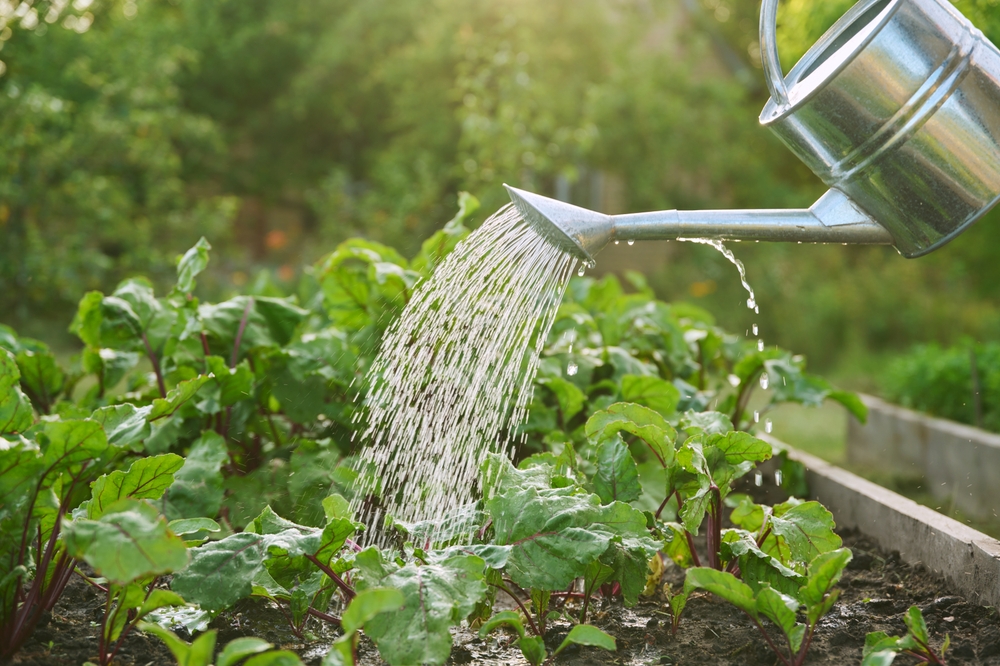
As the temperatures start to cool, your lawn will need less water. Transitioning from the hot summer months to fall means reducing the frequency of watering. Overwatering during this period can promote root rot and encourage weed growth. Start watering less frequently, but ensure deep watering to help the roots go deeper into the soil.
Pay attention to the weather forecast as well. If you experience rainfall, cut back on watering altogether. The fall season usually provides enough natural moisture for your lawn. However, if there are long stretches without rain, consider watering your lawn once a week to keep it healthy.
Mow Your Lawn at the Right Height
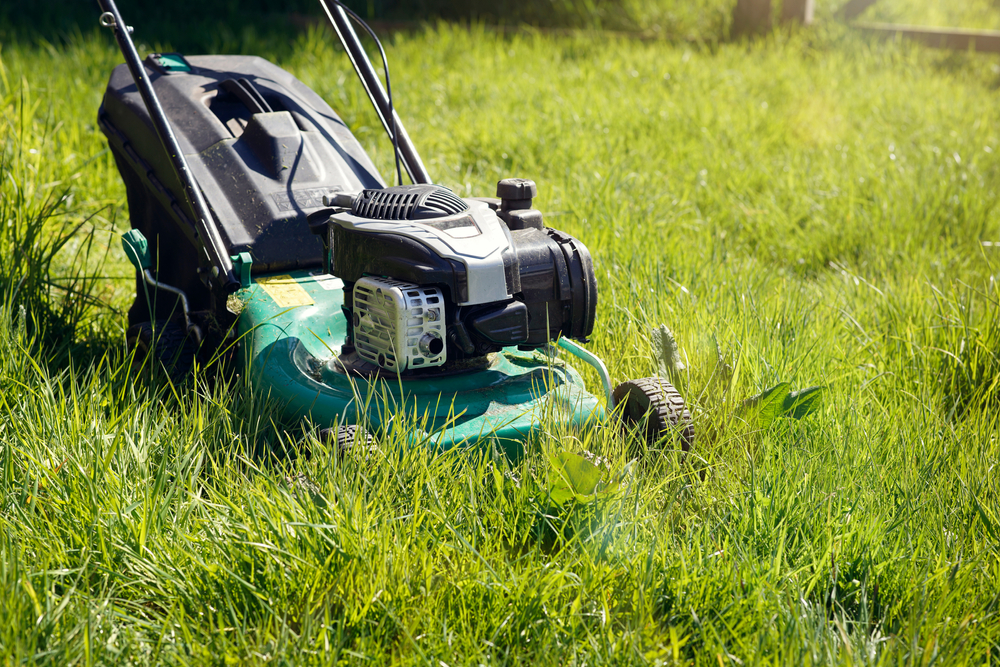
Mowing your lawn properly during the fall is important for its overall health. During the last weeks of summer, mow your grass a little shorter to help it acclimate to the cooler weather. Cutting the grass to about 2.5 inches helps it conserve moisture and better withstand early frost. Be sure not to cut it too short, as that can leave it vulnerable to weeds and disease.
As the cooler temperatures settle in, gradually increase the mowing height to about 3 inches. This will help the grass grow stronger, protect it from cold stress, and keep it healthy through the fall. Remember that mowing too frequently can weaken your lawn. It is important to allow your grass to recover and grow steadily during this period.
Aerate Your Lawn
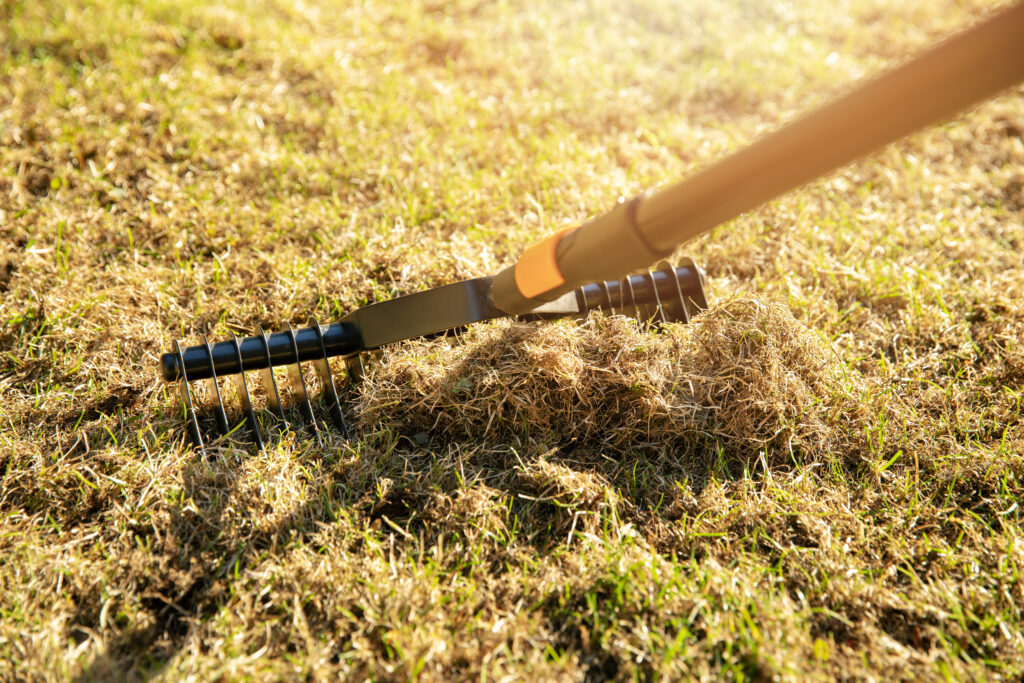
Aerating your lawn during the transition to fall is one of the best ways to promote healthy grass growth. The process involves perforating the soil with small holes to allow water, air, and nutrients to reach the roots more effectively. Aerating helps reduce soil compaction and encourages stronger root development. This is especially important if your lawn receives heavy foot traffic or if your soil tends to be clay-heavy.
After aerating, you can reseed areas that may have thinned out during the summer. Adding a layer of compost can also be beneficial after aeration, as it enriches the soil and improves the lawn’s health for the winter. Aerating during the fall helps the lawn stay strong and recover faster in the spring.
Apply Fall Fertilizer
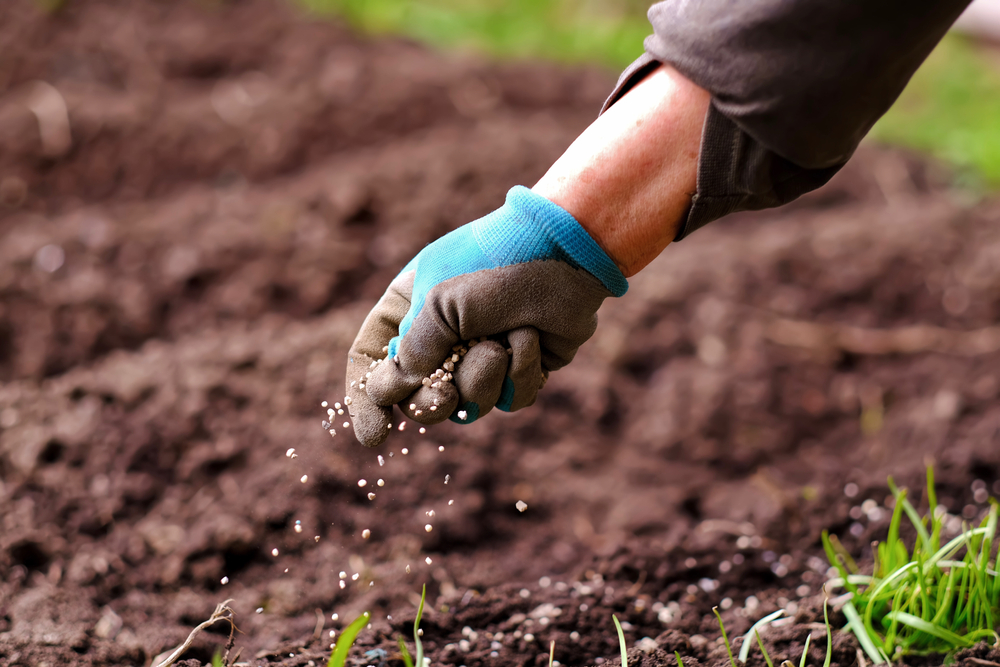
A healthy lawn in the fall needs the right nutrients to survive the winter months. Applying a balanced fall fertilizer is essential as it promotes strong root growth. Fall fertilizer helps the lawn store nutrients for the winter and prepares it for the following growing season. The fertilizer should contain a higher amount of potassium to increase drought resistance and winter hardiness.
Use a slow-release fertilizer to ensure the nutrients are available over an extended period. This type of fertilizer will also prevent over-fertilizing, which can damage the grass. Make sure to follow the manufacturer’s recommendations to avoid harming your lawn.
Reseed Your Lawn

If your lawn has bare or thinning spots, fall is the best time to reseed. The cooler temperatures and increased moisture provide ideal conditions for seeds to germinate. Choose a grass seed that is suitable for your region and spread it evenly over the areas that need coverage. Lightly rake the soil to ensure good seed-to-soil contact.
Water the reseeded areas gently, making sure the seeds do not dry out during the germination process. Over the next few weeks, you should see new grass emerging. Regular mowing and watering will help ensure that the new grass takes root properly, filling in any patches or bare spots.
Remove Leaves and Debris
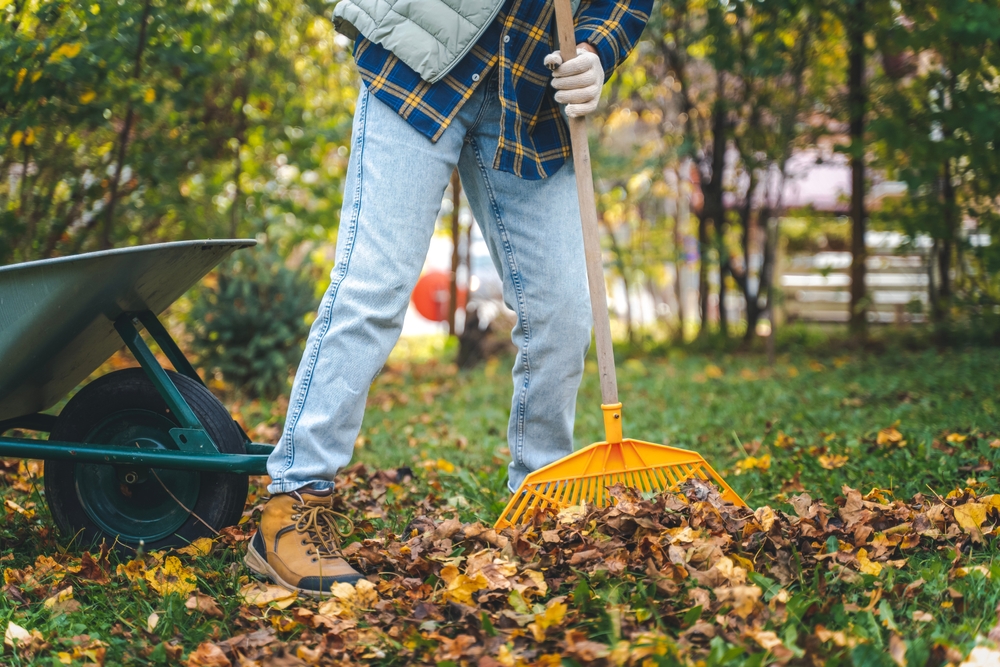
As fall progresses, leaves will start to fall and can cover your lawn. Leaving a layer of leaves can suffocate the grass, causing it to weaken or even die. Regularly rake or mulch the leaves to ensure your lawn receives enough sunlight and air circulation. Mulching the leaves can be beneficial because it adds organic matter to the soil and helps retain moisture.
Pay special attention to piles of wet leaves, as they can create conditions favorable for mold and mildew growth. A leaf blower or a mulching mower can be a time-saving way to manage the fallen leaves. Keeping your lawn clear from debris ensures it remains healthy through the colder months.
Control Weeds Before Fall
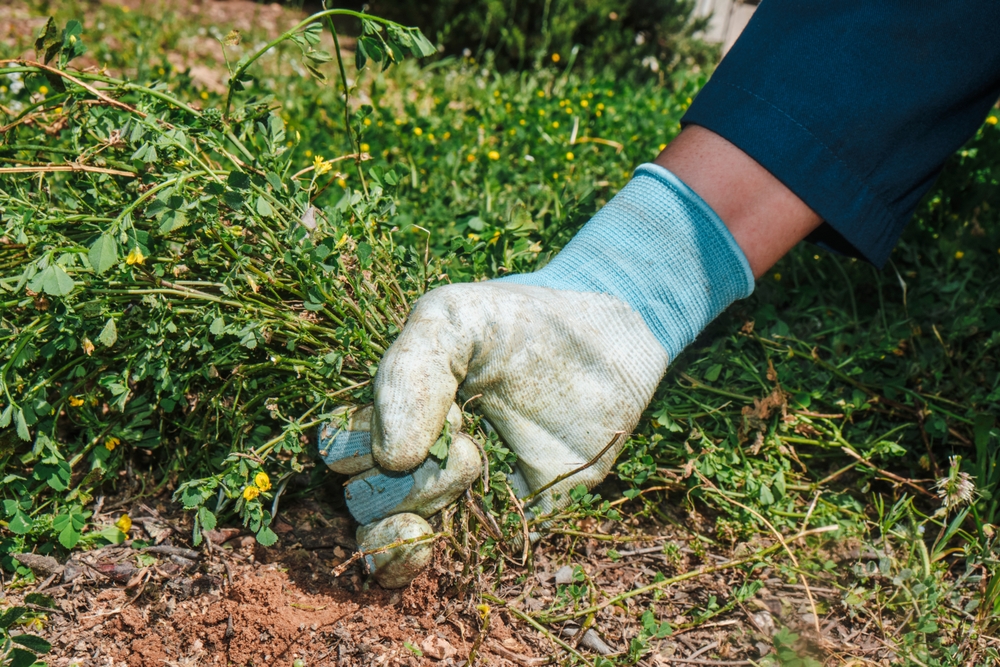
Weeds tend to thrive during the transition from summer to fall, taking advantage of the cooler, moist conditions. Now is the time to deal with any existing weeds and prevent new ones from emerging. Apply a selective herbicide to target the weeds without harming your grass. Focus on perennial weeds, which are the most challenging to control.
Hand-pulling weeds can also help, especially in smaller areas. Be sure to remove the entire root system to prevent the weeds from coming back. Fall is the perfect time to get ahead of the weed problem before they grow stronger in the spring.
Add Mulch to Flower Beds
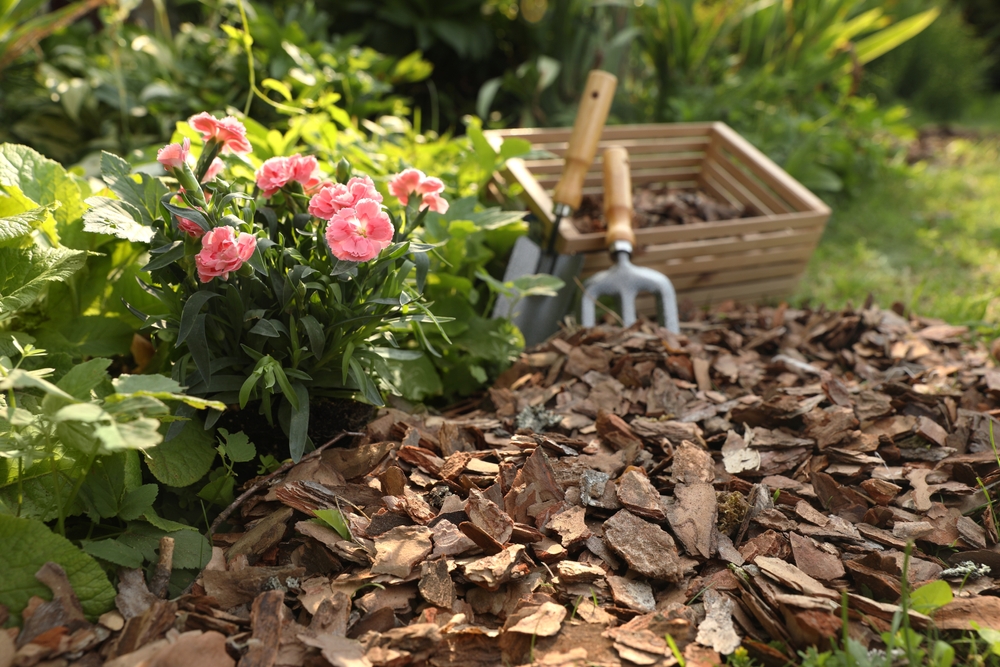
Mulch can be a lifesaver during the fall months, especially for flower beds and garden areas. Applying mulch helps insulate the soil, keeping it warmer and preventing frost from damaging plant roots. It also prevents soil erosion, reduces water evaporation, and suppresses weed growth. Use a 3-4 inch layer of mulch for the best results.
Organic mulch such as wood chips or straw works well for flower beds. As it decomposes, it adds nutrients to the soil, improving its structure. Be sure to keep the mulch away from the base of plants to avoid excess moisture buildup, which can lead to rot.
Sharpen Your Tools
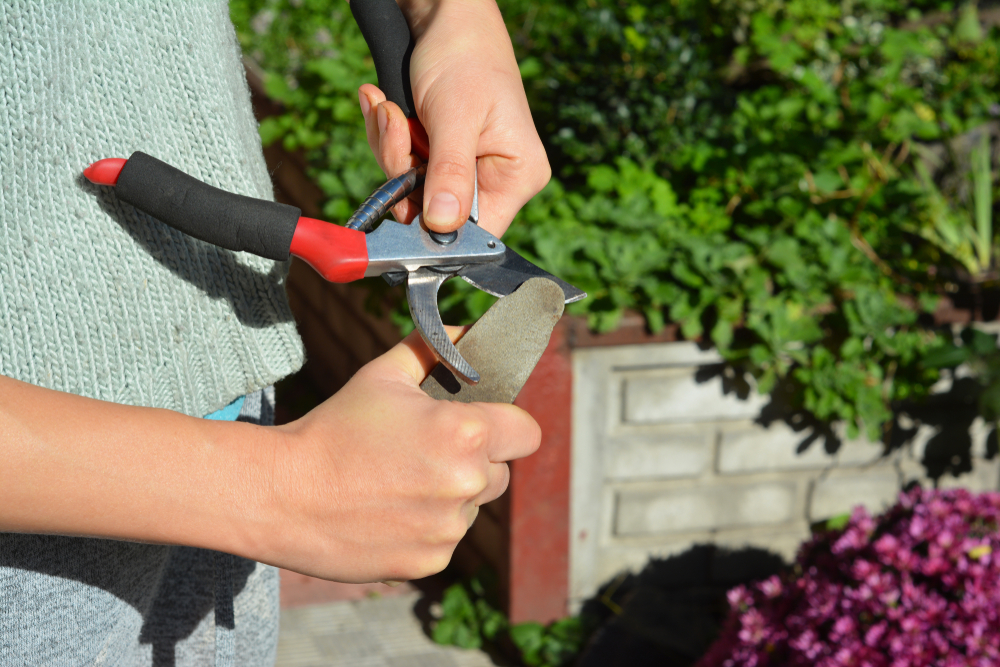
Before you start your fall lawn care, take the time to sharpen your garden tools. Sharp blades on your lawn mower, rake, and other equipment help ensure a clean cut and make tasks like mowing and trimming more efficient. Dull blades can rip grass, leaving it vulnerable to disease and stress. Regularly sharpening your tools also reduces the strain on your arms and wrists.
Use a sharpening stone or bring your tools to a professional for maintenance. If you are working with hand tools, check for any rust or damage and clean them properly to extend their life. Well-maintained tools will make your fall lawn care tasks easier and more effective.
Check for Pests
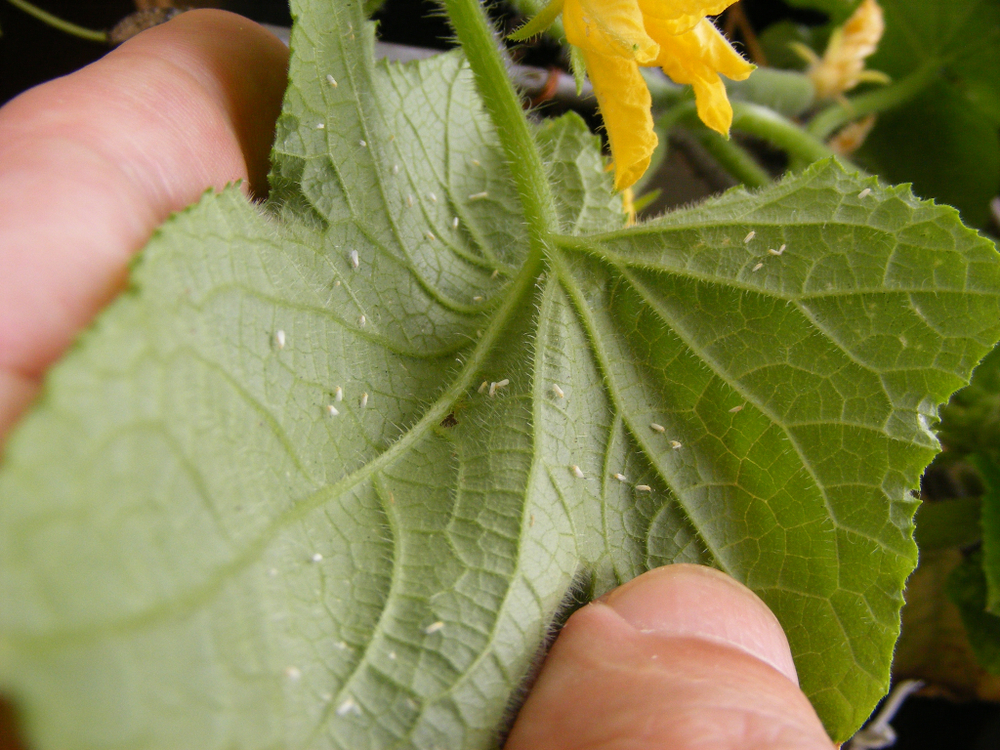
The change in weather can bring new pests looking for warmth. Take the time to inspect your lawn and garden for pests like grubs, which can cause significant damage to grass roots. Use pest control treatments as necessary, making sure to choose one that is safe for your lawn. Early detection is key to preventing a larger infestation from developing.
In addition to pests, check for any disease signs on the grass. Yellowing or thinning grass might indicate fungal infections or pest damage. Treating these issues quickly ensures your lawn stays healthy as it enters the colder months.
Over-seed with Cool-Season Grass
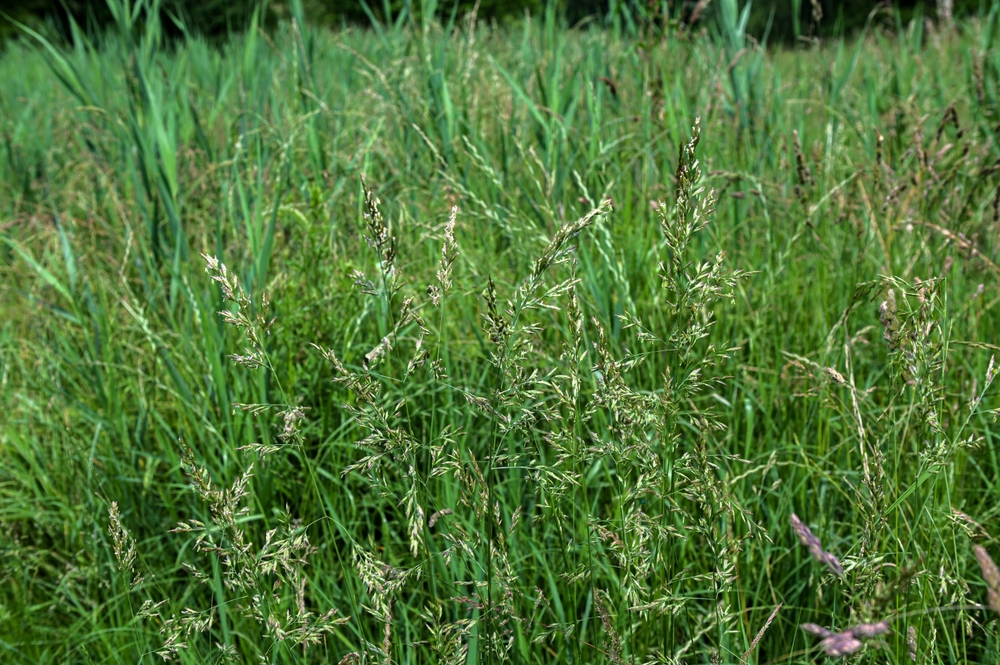
Cool-season grasses are ideal for the fall, as they grow best in cooler temperatures. Over-seeding with cool-season varieties like fescue or ryegrass will help your lawn stay green longer and improve its overall health. These grasses grow well in fall and can continue to thrive through winter. They also have deep root systems that provide extra resilience against cold temperatures.
Spread the seed evenly, making sure to cover the entire lawn. Water gently to keep the seeds moist, but avoid overwatering. Over-seeding helps fill in any thin areas and creates a lush, healthy lawn for the coming months.
Prepare Your Irrigation System
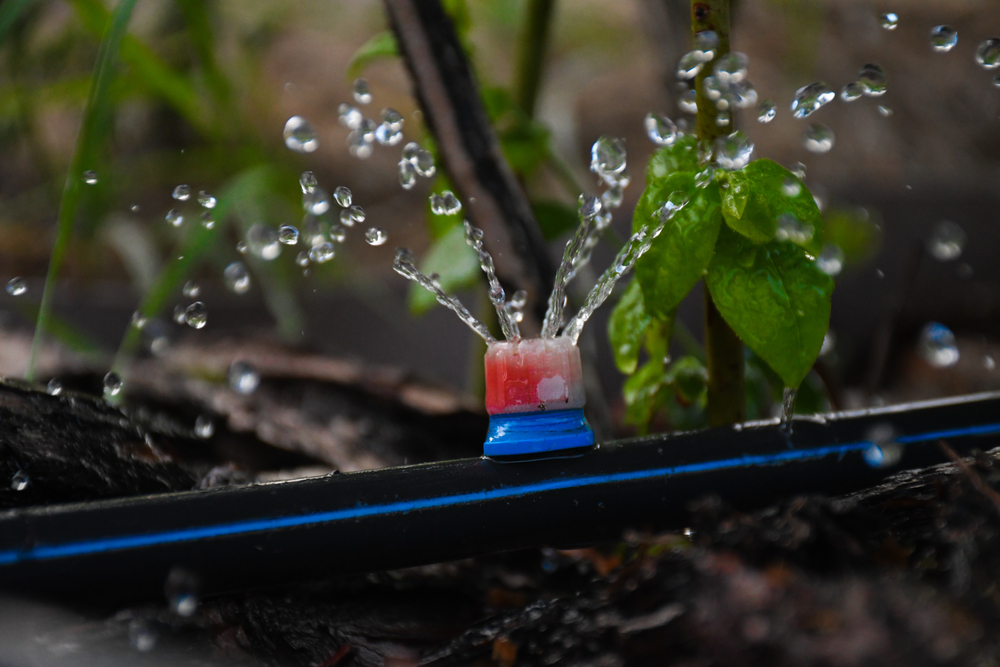
Before winter sets in, it is important to prepare your irrigation system. Turn off the water supply and drain any excess water from the pipes to prevent freezing. Inspect the system for leaks and ensure all sprinklers are functioning properly. If necessary, replace any damaged components before the frost hits.
Winterizing your irrigation system will save you from costly repairs in the spring. It also helps prevent water damage caused by frozen pipes. This small step ensures that your system will be ready for use when the warmer months return.
Clean and Store Your Equipment Properly
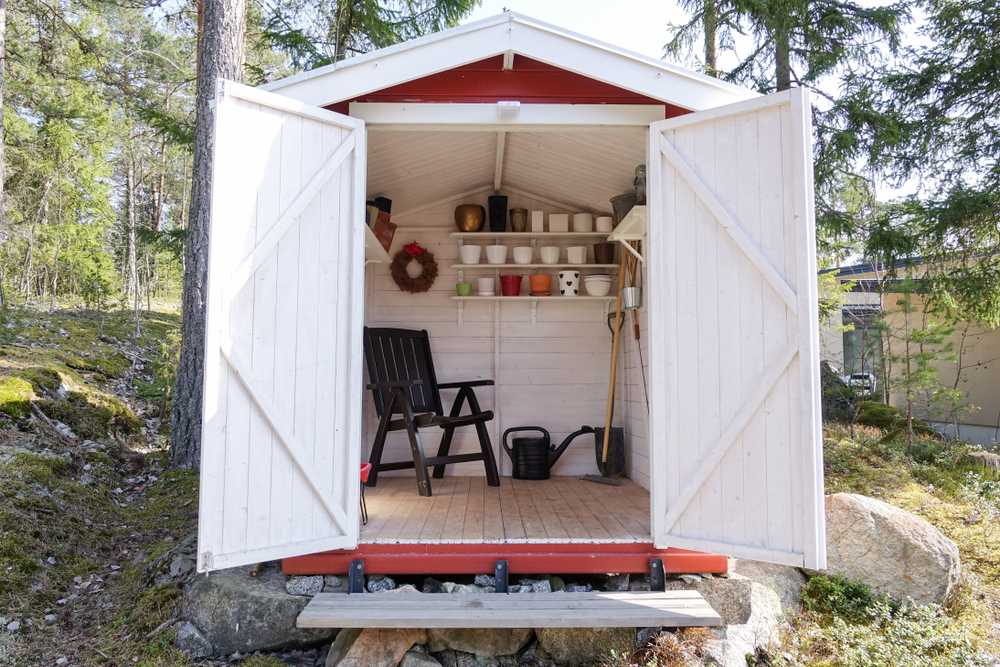
As the fall season comes to an end, take the time to clean and store your equipment properly. After a season of lawn care, tools can accumulate dirt, debris, and moisture, which can lead to rust and deterioration. Clean each tool thoroughly and store them in a dry, cool place to prevent damage. Proper storage will extend the life of your equipment and make sure it is ready for the next season.
Before storing your mower, check its oil and fuel levels. Empty the gas tank to prevent the fuel from breaking down and causing clogs. Taking care of your tools now saves time and effort when it is time to use them again in the spring.
Monitor Soil pH
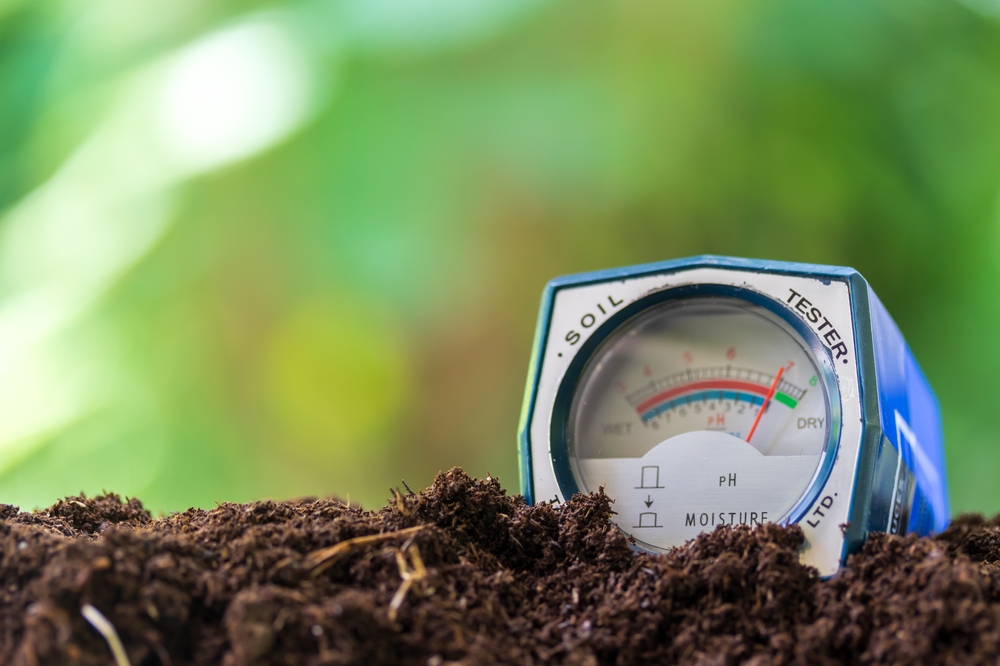
The soil pH plays a significant role in how well your lawn can absorb nutrients. Fall is an excellent time to test your soil and determine if it needs any adjustments. If the pH is too low (acidic), adding lime can help raise it, while sulfur can be used to lower the pH if it is too high (alkaline). Adjusting the pH now ensures that your lawn can take full advantage of nutrients next spring.
To test your soil, you can purchase a simple soil pH tester or send a sample to a local lab. Knowing your lawn’s soil pH helps you make better decisions on fertilization and plant care. A balanced pH supports healthy grass and a lush lawn.
This article originally appeared on Avocadu.
